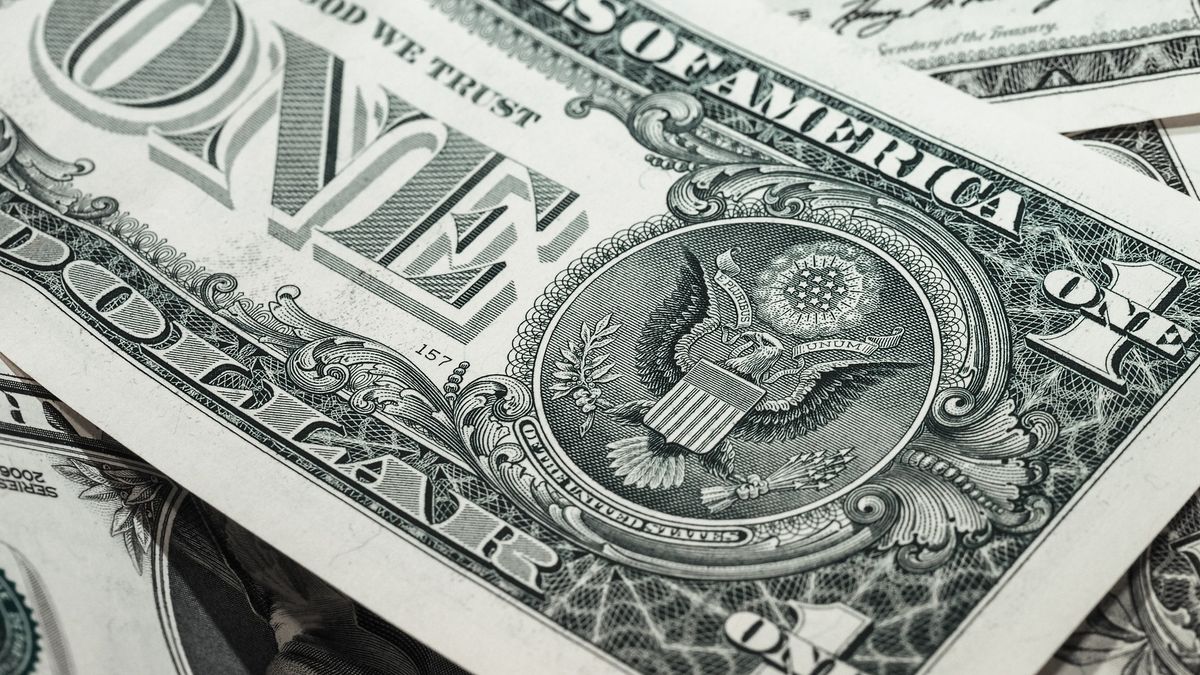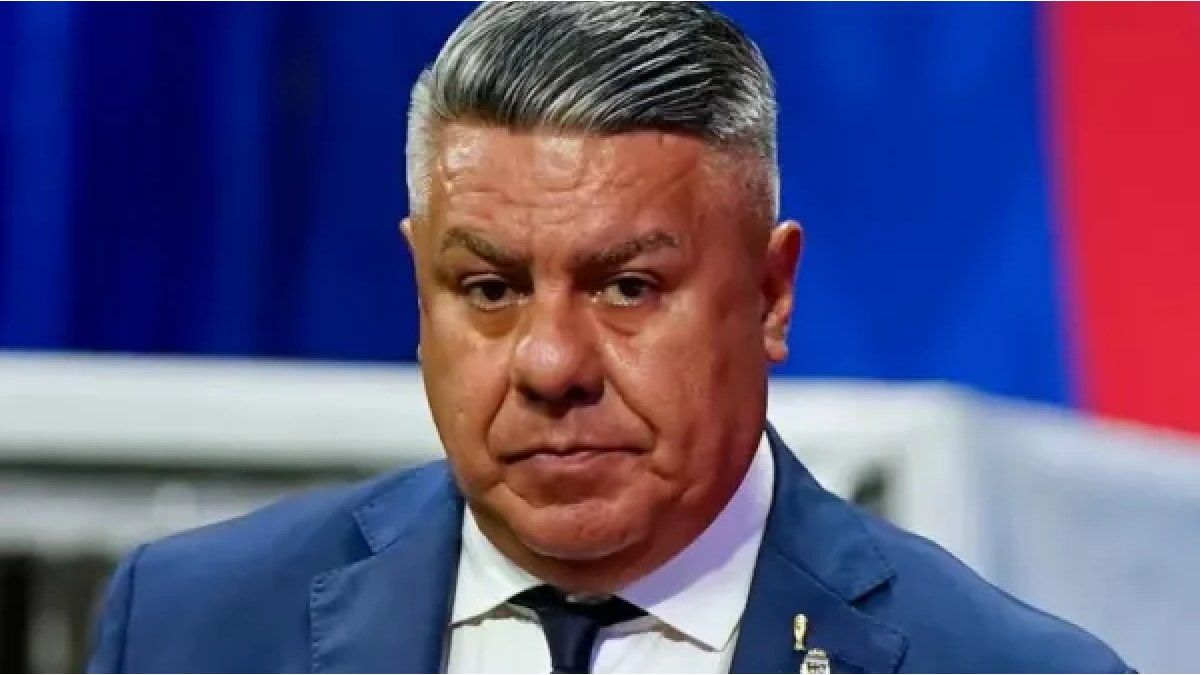In the informal market, meanwhile, the blue dollar rises 50 cents to $210.50 (gap of 95.9%), according to caves of the City of Buenos Aires.
A climate of greater calm in the dollar market has led to a continuous narrowing of the gap as a result of the growing tactical appetite for pesos (CER, dollar linked, rate), by combining a gradual adjustment from “down to up” and from “up downwards”, indicated the economist Gustavo Ber.
The prices of the alternative exchange rates reached a maximum level of $233 (CCL) on January 27, the day before the announcement of an understanding with the IMF for the debt and the payment of a due date with the organization.
Since then, the exchange rate gap has been compressed almost 35 points, going from 122% to the current 88%, with additional help provided by the price of agricultural commodities, the acceleration of the crawling-peg in the official dollar, and the recent rate hike ordered by the BCRA.
Investors “had prepared for the ‘end of the world’, which obviously did not come. The quota to the IMF was paid in a timely manner, and the agreement with the entity has an ambitious content that forces the country to execute economic policies more reasonable. In turn, the real appreciated to the area of 5 units per dollar and soybeans exceeded US$600 per ton. The agreement with the IMF still needs to be passed by Congress, a step to which we assign high probabilities of occurrence”, they commented from Delphos Investment.
In this way, the financial dollars began to “reprice” the scenario of the end of the world for one a little less “catastrophic”, they say in the market. “We believe that this trend is just beginning and still has fertile ground to develop hand in hand with greater domestic rationality and a highly favorable global context,” they added from Delphos.
Meanwhile, we must not lose sight of the fact that Argentina must pay in March a due date of some 2,900 million dollars to the IMF and another 2,000 million to the Paris Club, when the Central Bank (BCRA) does not have the necessary liquid reserves, for what the market expects a soon agreement with the organism.
That is why in the meantime, operators monitor the balances of the interventions since it is crucial that reserves are not lost. This Wednesday, the BCRA sold foreign currency again, some US$60 million, with which in the last three days it accumulated a negative balance of some US$120 million.
“The gross liquid reserves that the BCRA could sell in the market are close to 14,000 million dollars, giving it a window of time until the liquidation of the thick harvest begins in April,” Neix said, but stressed that it is necessary to put ” attention that the level of net reserves is critical, close to zero after the last payment to the IMF”.
At a global level, investors have their sights set on the negotiations for the agreement with the IMF, the Russia-Ukraine conflict and the performance of the US rate. “Despite the positive prospects for an agreement with the IMF, macroeconomic stability is necessary for financial instruments to begin to register a positive trend in a sustainable manner. Meanwhile, volatility will continue,” they warned from Research for Trades.
The United States and its allies on Wednesday unveiled further sanctions against Russia over its recognition of two breakaway zones in eastern Ukraine, while making it clear that tougher measures were reserved in the event of a full-scale invasion by Moscow.
In this framework, the Argentine country risk rose 78 cents (4.7%) to 1,817 basis points, compared to a minimum level of 1,083 points recorded in September 2020.
official dollar
The dollar today -without taxes- rises 11 cents to $112.94 this Thursday, February 24, 2022, according to the average in the main banks of the financial system. In turn, the retail value of the currency at Banco Nación remains unchanged at $112.50.
On Wednesday, the Central Bank (BCRA) sold reserves for the third consecutive day, ending with a negative result of some US$60 million. The monetary authority sold more than US$120 million in three days, accumulating a negative balance of some US$20 million in February.
Source: Ambito
David William is a talented author who has made a name for himself in the world of writing. He is a professional author who writes on a wide range of topics, from general interest to opinion news. David is currently working as a writer at 24 hours worlds where he brings his unique perspective and in-depth research to his articles, making them both informative and engaging.




